-
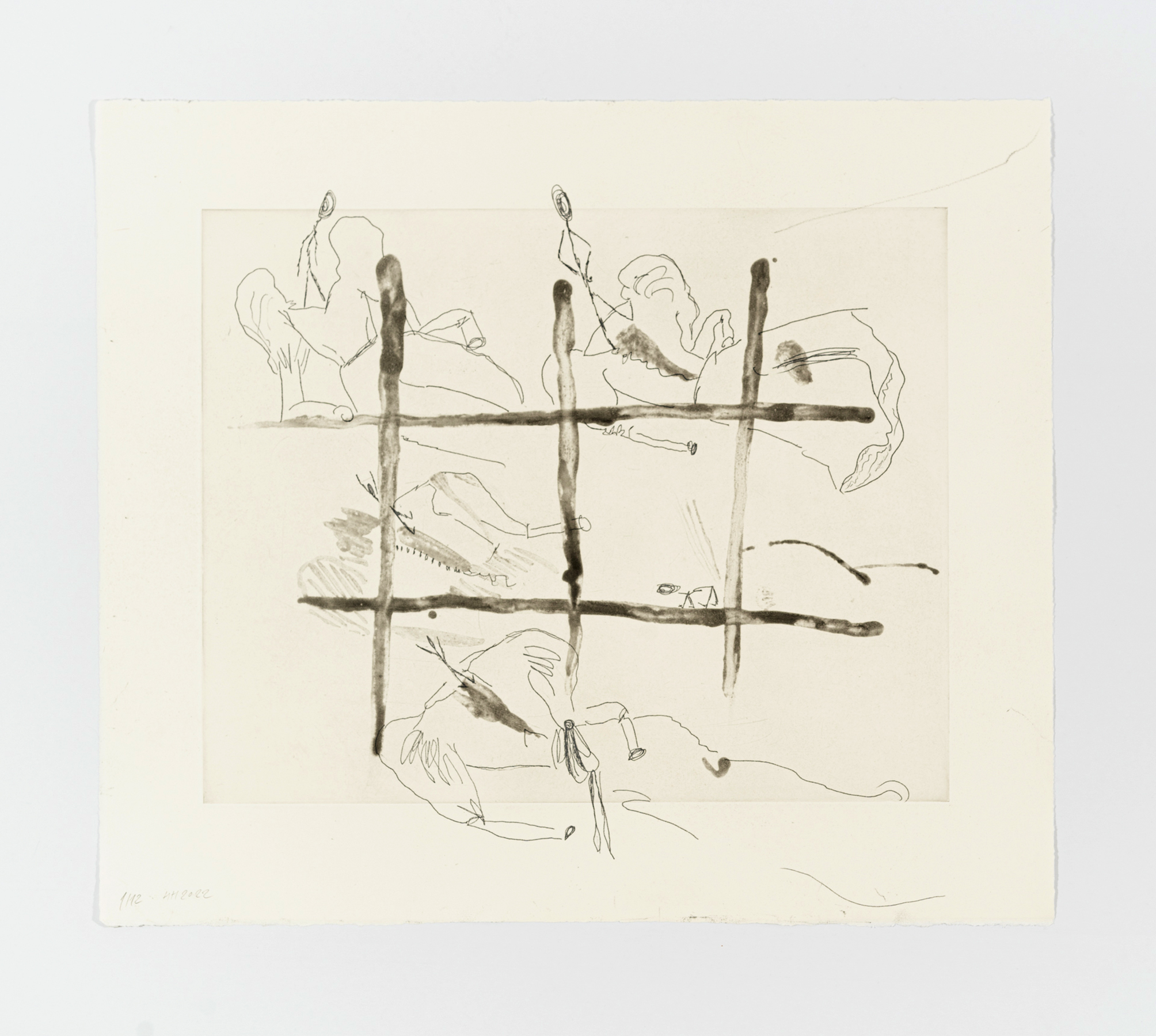
19th century dresses daydreaming about the 80´s, 2022. Soft ground etching and spit bite aquatint on Hahnemühle Bütten 300g. Paper size 55 x 63.5 cm
Edition of 12. -
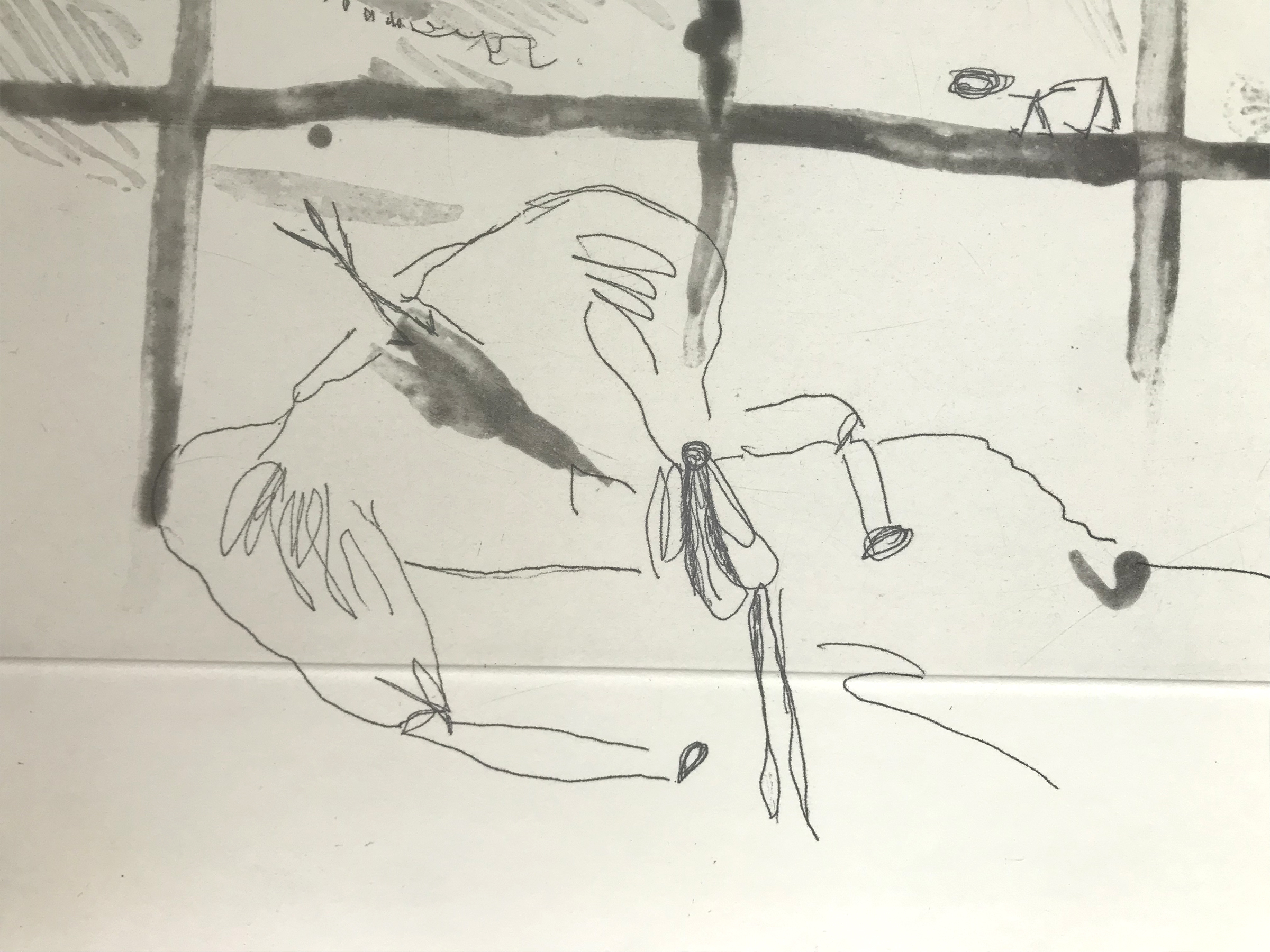
Detail of 19th century dresses daydreaming about the 80´s, 2022.
-
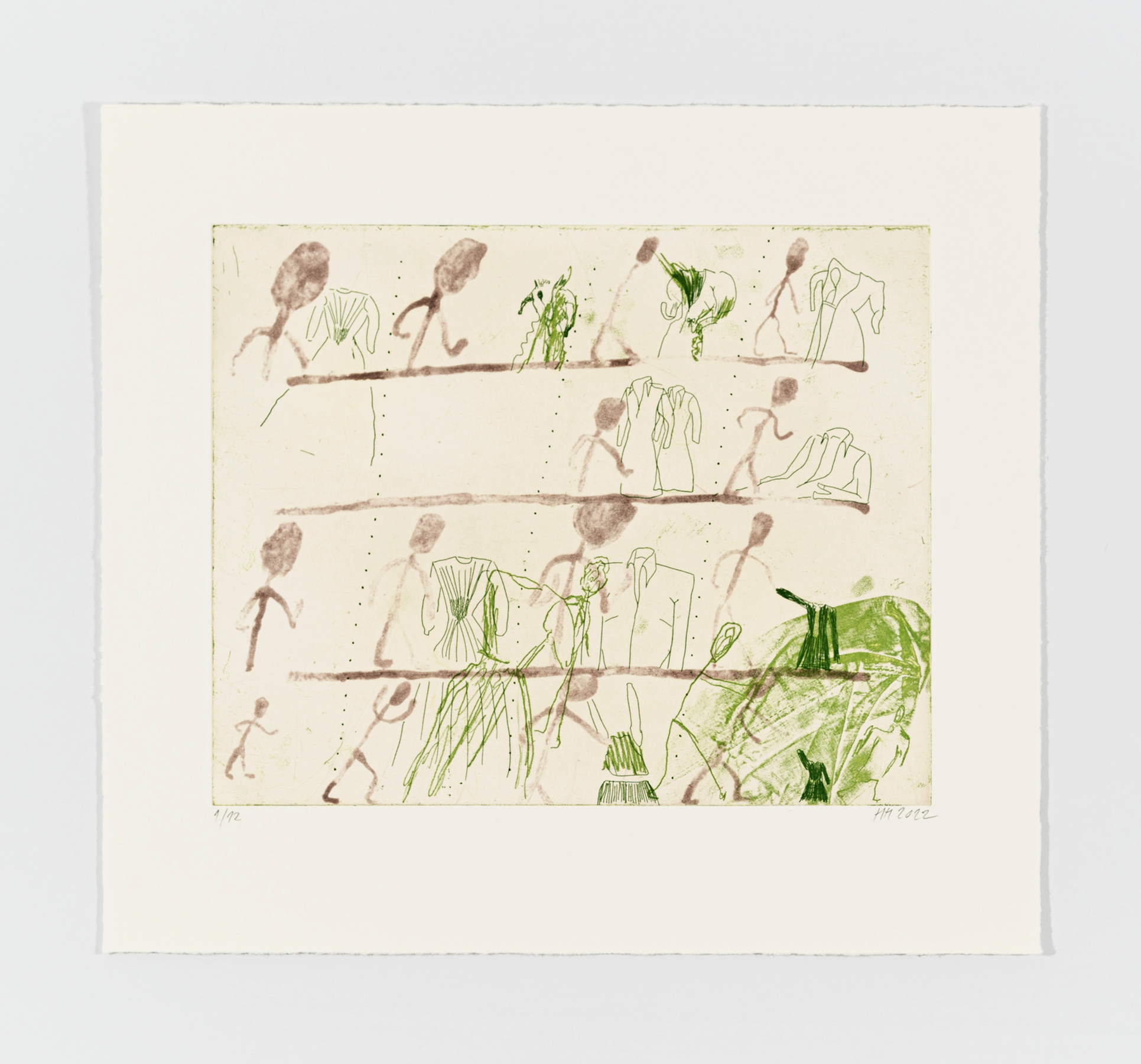
Confrontations and companions, 2022. Line etching, soft ground etching and spit bite aquatint on Hahnemühle Bütten 300g. Paper size 43.5 x 48 cm – Plate size 29.5 x 36.5 cm
Edition of 12. -
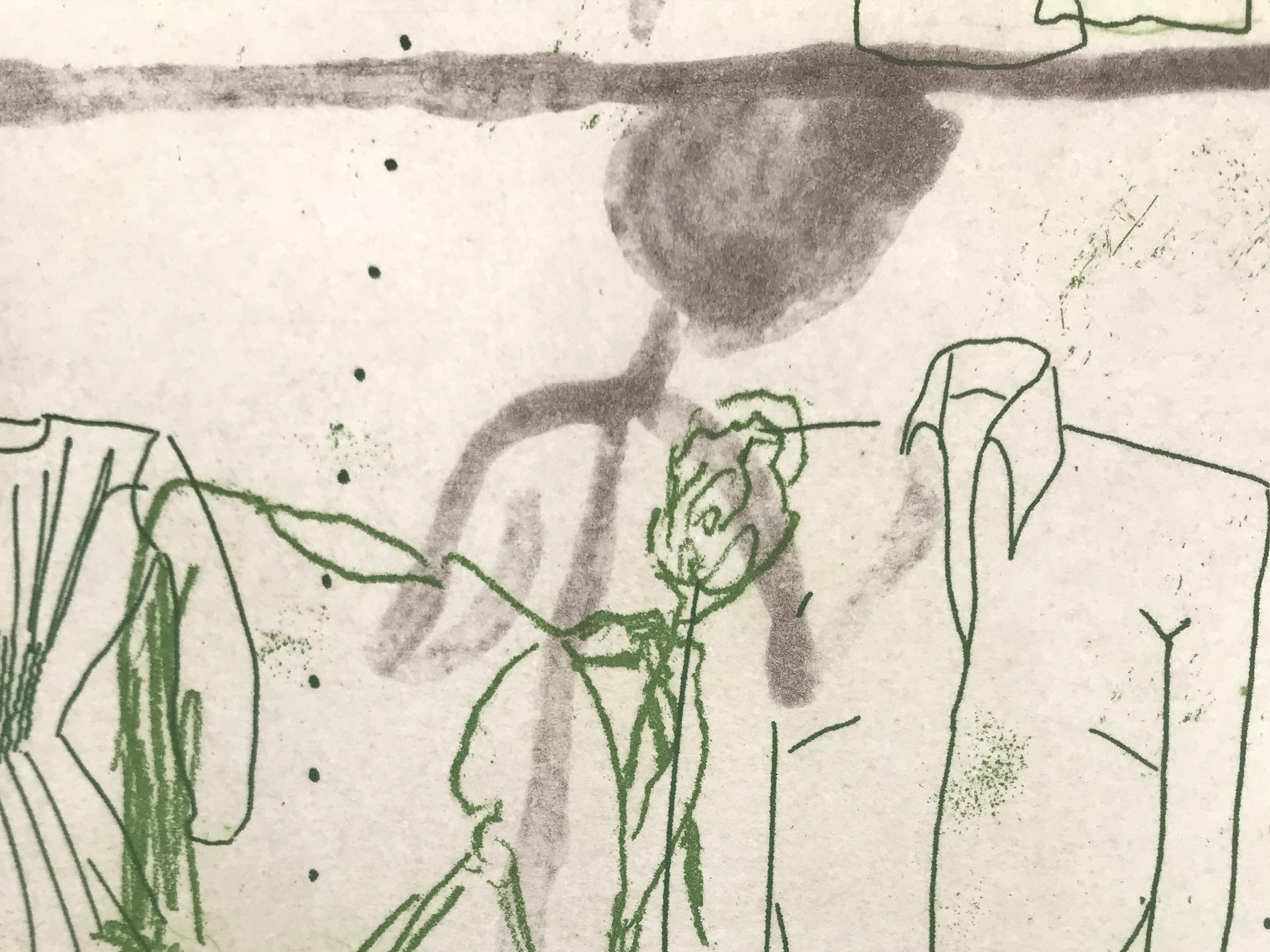
Detail of Confrontations and companions, 2022.
-
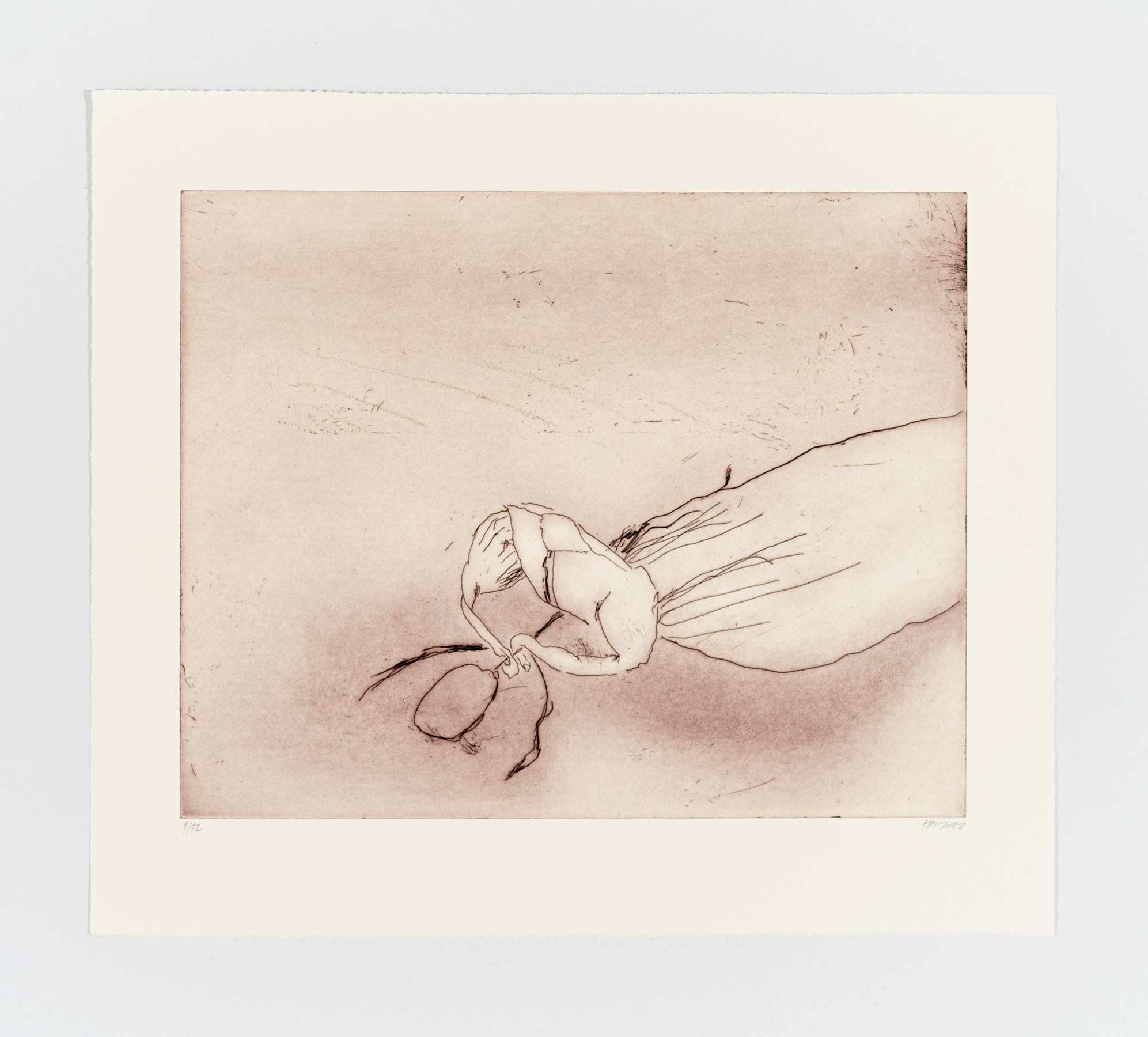
Power! Flax! Work! Someone!, 2022. Line etching on Hahnemühle Bütten 300g. Paper size 53.5 x 61 cm – Plate size 39.5 x 49.5 cm. Edition of 12.
-
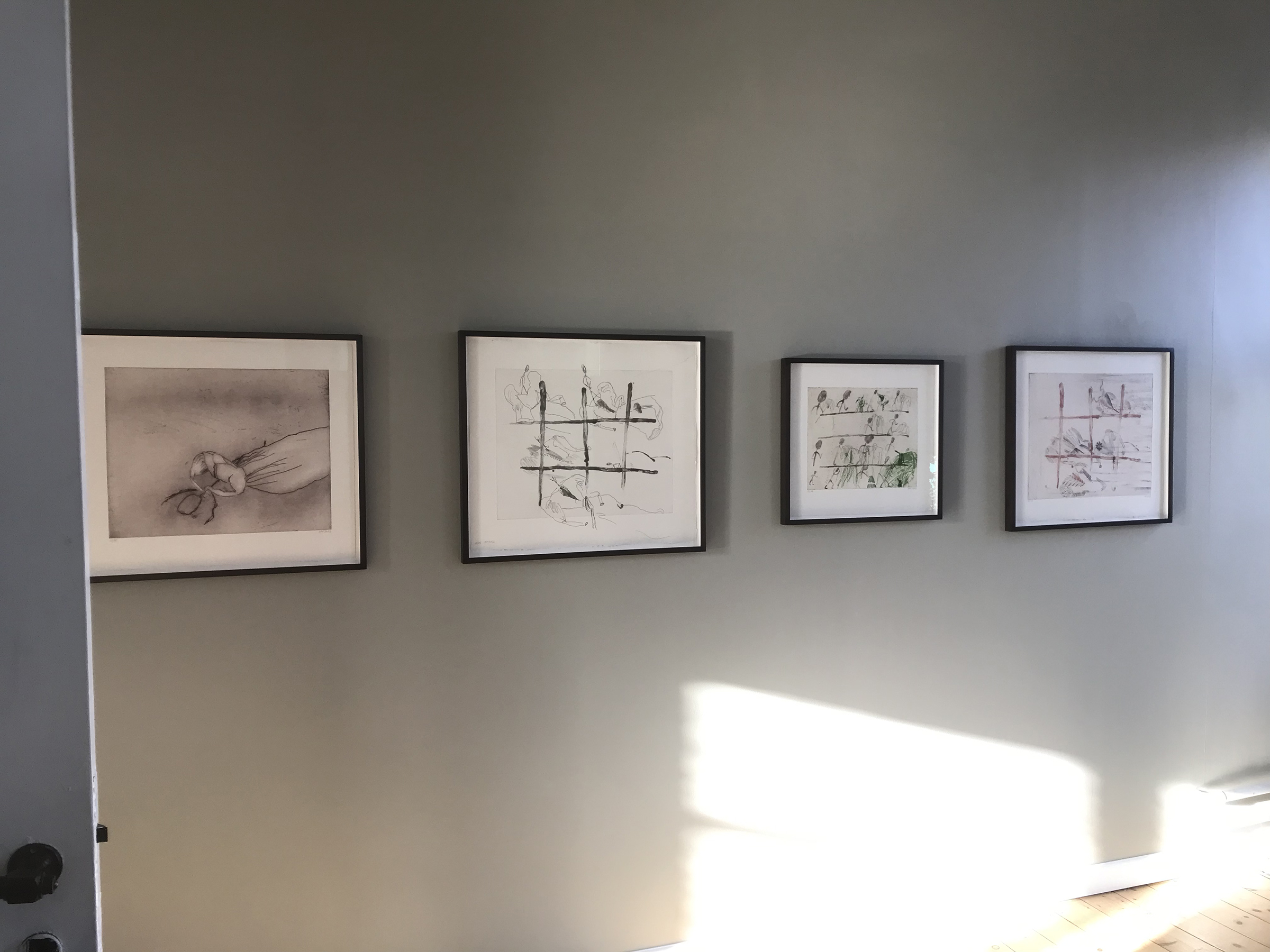
Night at the webshop framed and on show at Borch Editions.
-
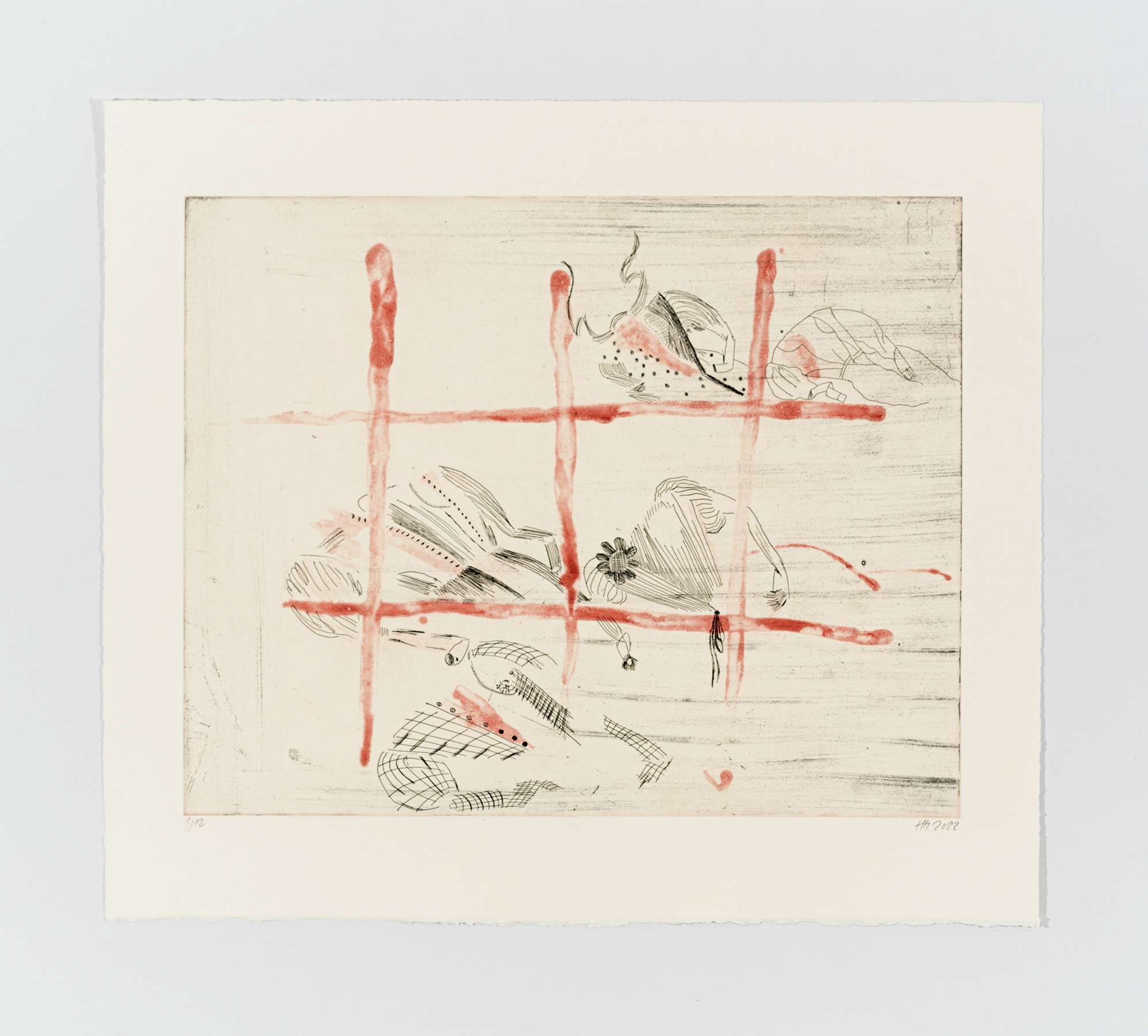
Sister of dress reform dresses, 2022. Line etching and spit bite aquatint on Hahnemühle Bütten 300g. Paper size 52.5 x 60 cm – Plate size 40 x 49.5 cm. Edition of 12.
-
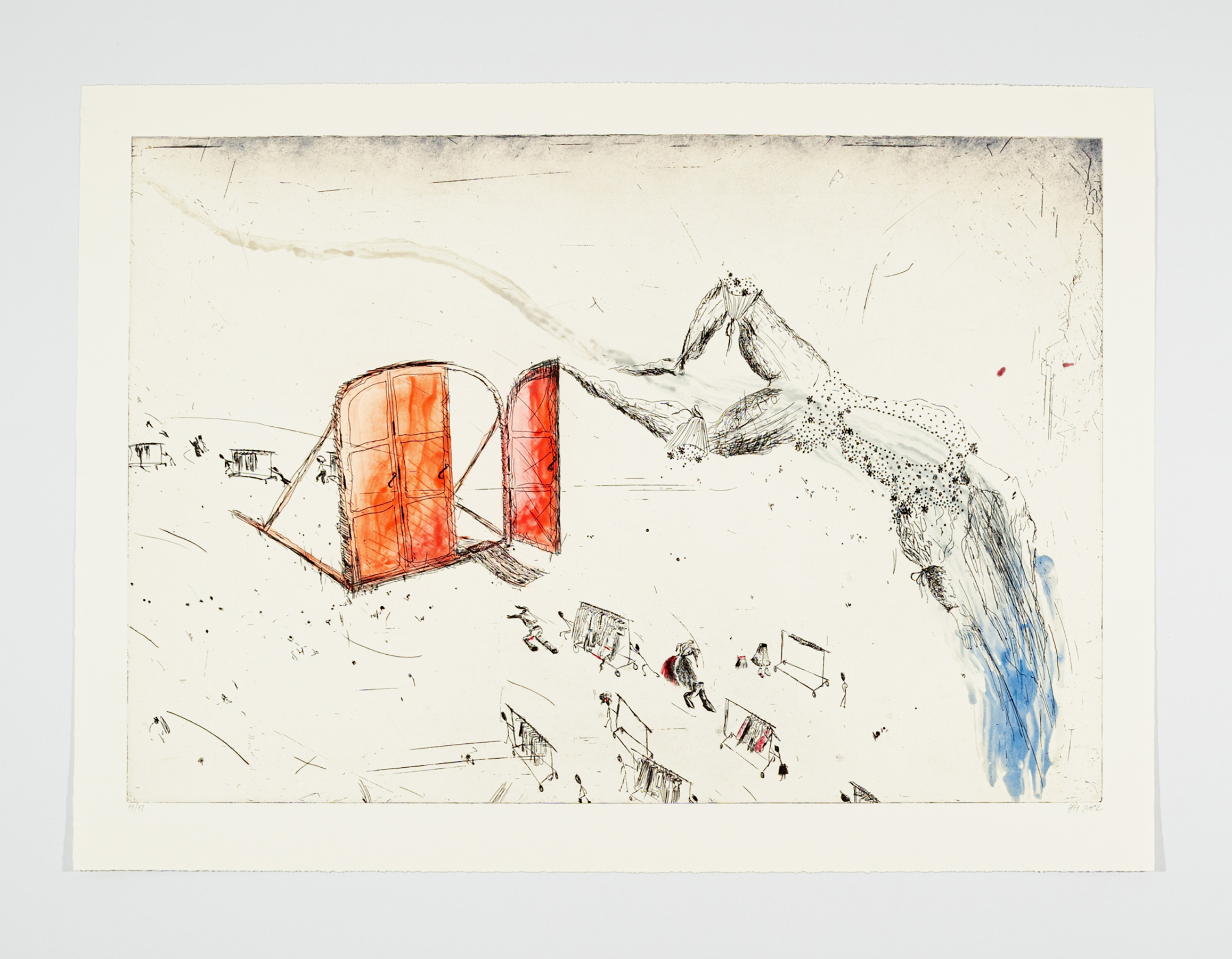
Weather systems, 2022. Drypoint, line etching and spit bite aquatint on Hahnemühle Bütten 300g. Paper size 76.5 x 105 cm – Plate size 64.5 x 94.5 cm. Edition of 12.
-
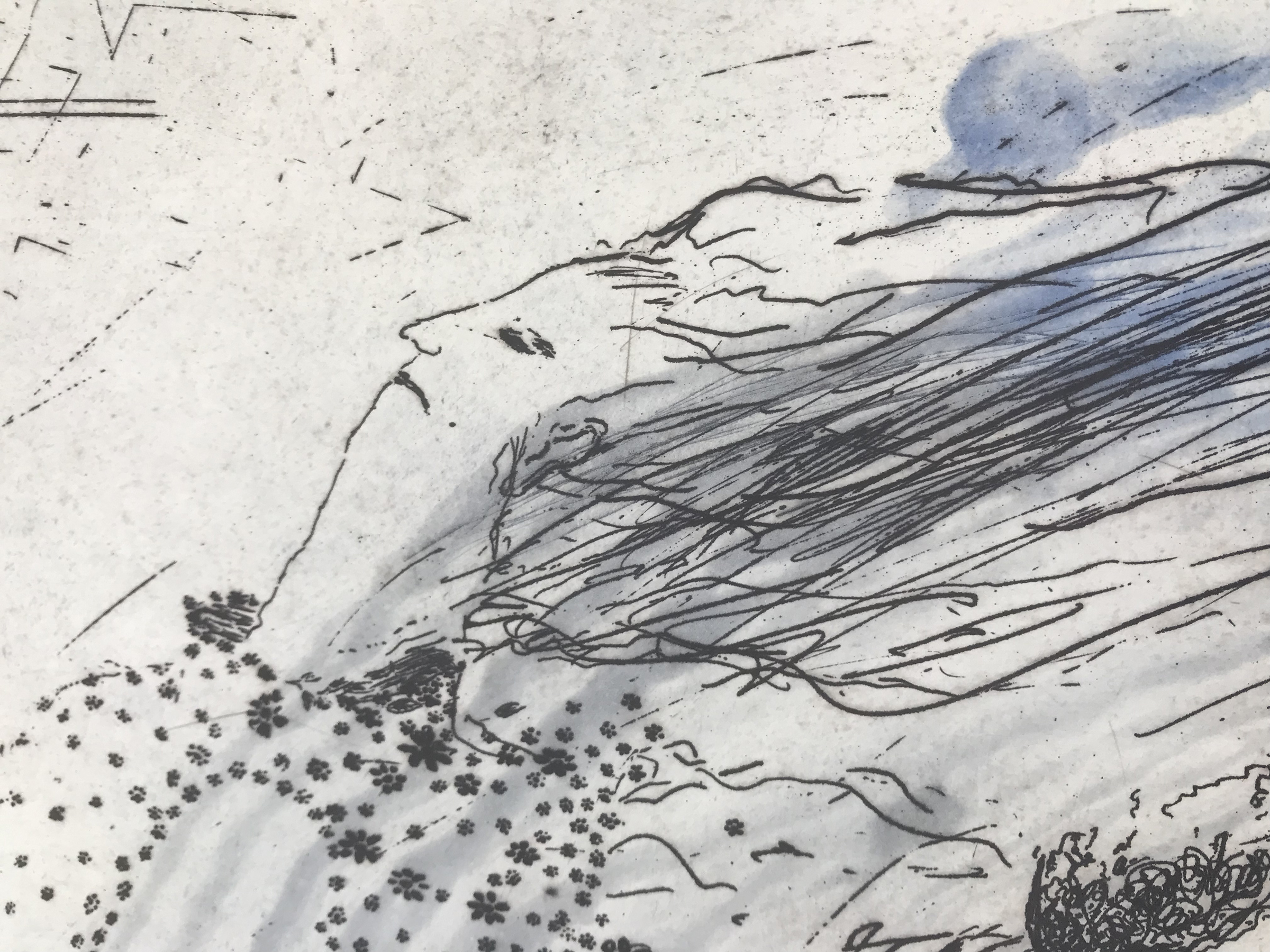
Detail of Weather systems, 2022.
Night at the Webshop is a portfolio of five etchings, made with Borch Editions and master printer Mette Ulstrup.
The prints encapsulate a perennial topic of the artist’s research – the cultural history of clothing and the desire-driven economy surrounding it.
In her works Heilmann investigates the subject of clothes from various angles: their formation of identity; as a human necessity; and as an entry point to talk about consumer culture and climate challenges. With a particular fascination of floral dresses by the English brand Laura Ashley, Heilmann points to a fetishization of the past. The focus on these dresses points to the history of postcolonial economy and industrialization.
In the portfolio Night at the webshop, romantic dresses are humanized, with confrontations taking place between stick people and dresses, attacking each other – however sometimes they also seem more unified, working together to drag clothing racks like worker ants. A grid appears in some of the prints, referencing shop windows and the rigidity of display in web shops, as well as associating the whiteness of the online shopping experience with the intertwined history of actual shop spaces and exhibition spaces.